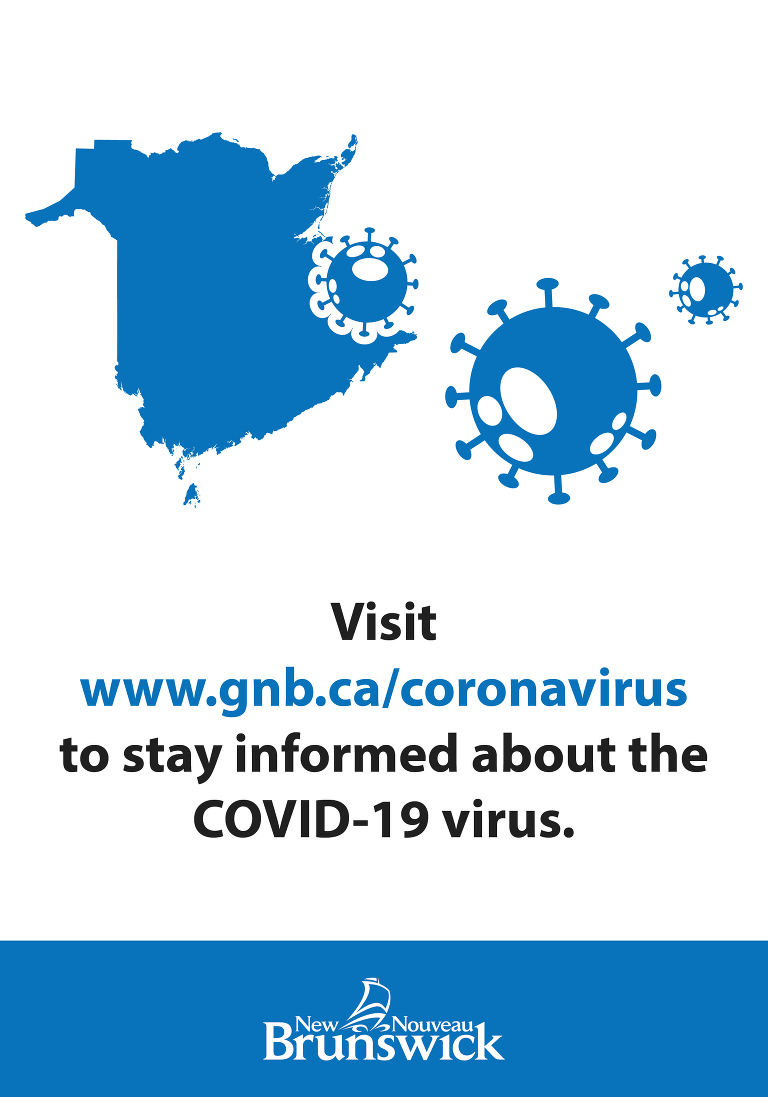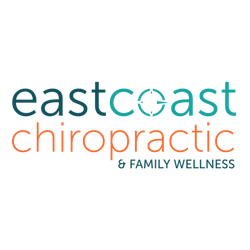Unbeknownst to many parents, their children are not seeing as well as they should be. Children have no way of knowing what “normal vision is” and how well they should be able to see.
An important stat: Approximately 1 in 4 kids have a vision issue that would benefit from treatment.
Learning is 80% visual; therefore, if a child is not seeing well then it is more challenging for them to learn. As you may know, routine eye exams are recommended at age 3, and again prior to starting school. From then on a child should have their eyes examined every year – kids grow and change so much in just 12 months!
__________
So, you’ve taken them for the exam. Check…
But what happens when your optometrist determines that your child needs glasses?
And what tests are typically done to determine the prescription for these glasses?
Quite often the Optometrist will want to use an eye drop, known as a cycloplegic, to fully explore the child’s prescription and eye health.
Sometimes this is done at the first visit, but often it is done as a follow up visit to permit enough time and avoid rushing.
What are these cycloplegic eye drops? Let’s get technical for a moment.
In the eye, the acetylcholine receptors are located within the iris and ciliary body. Cycloplegic drops block these receptors, which results in temporary paralysis of the muscles that focus the eye. The drops also dilate the pupil. When cycloplegic drops are used, the doctor is determining the full refractive error, objectively, with no feedback needed from the patient. Often the patient, especially a child, is subconsciously over-focusing, making them appear more nearsighted, or less farsighted than they actually are. The drops counteract this subconscious over focusing. Additionally, with the pupil dilated the entire retina can be assessed to ensure the eyes are healthy.
Cycloplegic drops take about 20-25 minutes to achieve their effect and take about 24 hours to fully wear off. Your child’s pupils will look much larger than normal – this makes them light sensitive (they should wear sunglasses) and their vision will be blurry, particularly their up-close vision. Usually it is a good idea to take the rest of the day “off ” as the light sensitivity and blurry vision can make school and sporting activities difficult. Some children will feel very sleepy with the cycloplegic drops – don’t be surprised if they fall asleep on the way home or try to nap while the Optometrist is testing them!
Once the proper prescription is determined, prescribed glasses need to be chosen.
However, it’s a good idea to have your child pick out the glasses when the drops have worn off and they can see up close normally again. It is very important that your child gets glasses that they like and feel comfortable wearing.
Children’s glasses can be tricky to fit.
They aren’t just shrunken adult glasses. An experienced optical professional is your best bet to ensure a great fit. This is one of the reasons that buying kids’ glasses online is not a great idea. They need to try them on and have them adjusted so they are comfortable, as discomfort should not become a barrier to wearing their glasses. Often times we need to order in alternate colors or different sizes to get everything just right.
It could be determined that your child is amblyopic.
Let’s get technical one more time. Amblyopia is when one eye sees significantly better than the other due to a large difference in the prescription between the eyes, or if one eye turns in or out. It is important to catch amblyopia early so that proper neurodevelopment of the weaker eye can be encouraged with the use of glasses and possible patching of the “good” eye.
Your optometrist will usually have a follow-up appointment 6-8 weeks after the initial assessment. This appointment serves as a check-in to see how your child is doing with their new prescription, determine if any tweaks need to be made, and establish appropriate follow-up appointments.
Lots of parents ask us if kids can have Laser Vision Correction (LVC).
The short answer is no, the minimum age to have LVC is 18.
Contact lenses for kids?
Certainly a possibility. This depends on the individual child, prescription and treatment goals. Recently, a contact lens therapy that slows down the progression of nearsightedness has been launched. If you have a nearsighted child, give us a call to see if your child is a candidate for this exciting new technology.
What about sports?
There are sport glasses, goggles and inserts that allow children to wear their prescription during sporting activities. Contact lenses are another option for sports for some children.
We hope this helps you to understand what to expect of your little one’s first eye exam and, if needed, glasses. Children are never prescribed glasses unless they need them. Every once in a while, there is a child who really WANTS glasses…. Don’t worry, we can tell whether or not they are necessary!
Dr. Amanda Bartlett & Dr. Bronwyn Mulherin
Breaking NEWS:
In New Brunswick there will soon be universal provincial coverage for one eye exam at age 4 before kindergarten. NB Optometrists have been lobbying for ALL kids to have an eye exam before entering school and the new program should roll out in April 2018: watch for details in the local media.
Downtown Optometry Clinic provides excellence in Eyewear and Eyecare for all ages.
Visit us at 169 Dundonald Street in Fredericton or give us a call at 454-4000.
.png)
.png)



















